Here are 5 simple steps you can take to finally rank your website #1 in Google getting more visibility for your business. Because SEO can be super tricky to get right. But I’m going to make it easy on you by prioritizing the smallest amount of work, that’s going to get you the biggest payoff in the shortest amount of time.
This stuff’s been tested not only by me but by some of the biggest names in SEO out there. So if you follow me here step by step you’re going to make some serious gains in rankings and in traffic.
Let’s get started with step one which is
1. Find your Most Profitable Keywords
So before you can create your pages your content and your Backlinks. You need to know the keywords and phrases that you’re trying to optimize it all for. A bit of research here is key because I cannot tell you how many times I’ve been on a coaching call with a business owner. Who’s basically created a lot of SEO content for keywords that either nobody’s actually searching for or that are just too competitive to really ever crack.
So it’s a great idea to come to the table with some ideas that you think would be a natural fit for your business. But you’re going to want to run those through some free online tools that are really going to tell you if they are in fact the best choices or suggest some that might be even better.
So start out by searching for the google keyword planner on google itself.
2. Prioritize your Keywords
Now time for step two right you’re gonna need to start narrowing and prioritizing based on how important each keyword phrase is to you.
So you’ll wanna pay close attention to three factors here.
First of all search volume
you obviously want to focus on keywords that get enough people searching for them to make it worth it. Right now this will completely depend on your niche of course usually the narrower your niche is or the more local your business is. The fewer monthly searches you can expect but you need to balance that out with competition level.
Competition Level
So google will assign it either low medium or high competition. Just to be clear these competition levels are really more for paid Google ads. But they’re still a really good rough guide for how tough it is for organic SEO too.
Buyer Intent
The third criteria you’ll want to use when picking your keywords is
Does this keyword have buyer intent or simply info intent.
So in other words if someone’s typing it into google does. It seem like someone’s looking to spend money on a product or service or does it look like they’re simply looking for an answer or for inspiration or other free information.
For example if you’re a contracting company someone searching for kitchen remodelling contractor is very different from someone searching kitchen remodelling ideas. All things being equal I like to start with buyer intent phrases first. If they seem winnable and then you want to go. After those information intent keywords for blog posts down the line to get even more traffic.
It’s a little less ready to convert today but will very likely become tomorrow’s paying client once they’ve done more research.
3. Creating the Content
So after you’ve prioritized your keyword phrases it’s time for step three. So that’s creating the content for your first priority keyword phrase. When I say content I mean either a page on your website like your home page or a specific service page.
Or we could be talking about a blog post so this really depends on. If the phrase has that buyer intent or info intent remember.
So if the keyword is a question or seems to be looking for tips, advice inspiration or ideas then create a blog post. If it has buyer intent and it matches your overarching business something like you know sacramento photographer then that could be your homepage.
But if it were to be more niched down like sacramento wedding photographer then that would probably be more of a specific service page. So whether it’s a sales focus page or a blog post. It’s super important here that you create it as a piece of what we call pillar content. Now what I mean by that is it needs to be pretty epic and cover the topic as completely as possible.
Ideally, this should really come out between 2000 and 5000 words complete with visuals video. If you can make one you want a heading, subheadings, lists, easy scannable content right that’s written for the web.
You know how you picked out the exact keyword phrase you want to rank this page for. Well you’re going to want to use that exact phrase verbatim in a few key places.
Where to use your keyword phrase
Title tag
So first of all in the title tag preferably toward the beginning of it.
Meta description
You want to have it in the meta description again as close to the start as you can.
H1 Header
You want it in the header which is just what we call the main heading of your page.
Body Text
Then several times in the body text on the page and definitely try to work it in the first words at least once.
For Video
If you include a YouTube video you’re definitely going to want to use your keyword phrase in the title and the description of that video too for some extra SEO points. Remember how I said your page needs to cover your topic as completely as possible.
By the way, I have written an article about How to make $100k with YouTube so check out here.
Lots of related words and synonyms of your keyword
That means you want to use lots of related words and synonyms of your keyword throughout the page. Honestly though if you concentrate on being really thorough and complete this is probably going to happen naturally.
4. Add internal links
Once you’ve completed the content on your first page. It’s time for step four you want to link to the new page from other existing pages on your website. So obviously this only applies if you already have a website. But if you’re starting a brand new one from scratch just keep this step in the back of your mind for later.
But the point here is Google likes to see lots of internal linking between your various pages and posts. It really just helps them figure out the overall structure and the topics of your business.
So if you have a blog post that’s doing well in search right now. Find a way to link from that high performing page or blog post to your new pillar page.
For instance if your new page is trying to rank for the term saltwater aquarium cleaning and you have a high performing page about caring for clownfish.
Let’s say you’d probably have a small section about how often the tank should be cleaned. And then you might just want to link the words cleaning your tank to the new page right.
This just helps pass along some SEO juice from the more powerful page to the less powerful one. Which helps your whole site rank better over time okay so that covers internal linking.
5. Build Backlinks
But step five is where we step away from what you can actually do on your site to what you need to do off of your site. Specifically you need to build some links from other websites to your new page.
Now that part’s important notice how I did not say link to your website right. So don’t make the mistake of just getting links back to your home page.
What you actually want to do is get links to every important page within your site that you want to rank for individually.
So how do you get these Backlinks
Well my best piece of advice is to simply outsource this part because. It’s extremely time consuming and requires a lot of manual outreach to other website owners in most cases.
They’re just a lot of companies out there like thehoth.com that specialize in building links for you and most of them have different packages that can fit into any budget.
But you know generally speaking the more you can afford to spend the higher quality the links are going to be and the more of them they can build for you. Meaning you should be able to rank faster the more you can spend on it. But obviously read reviews first to make sure you’re actually getting what you pay for.

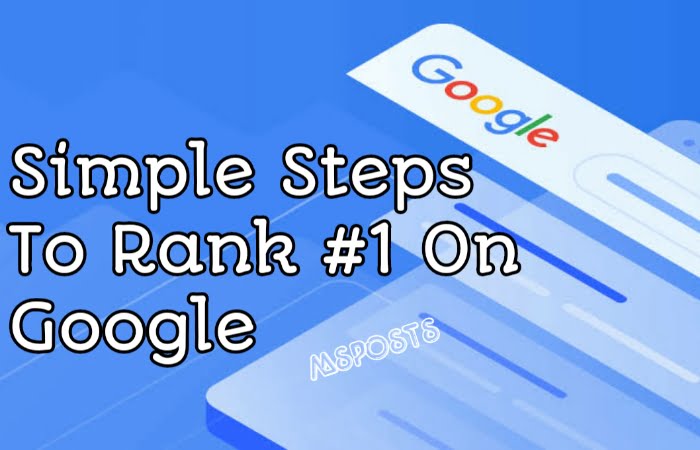
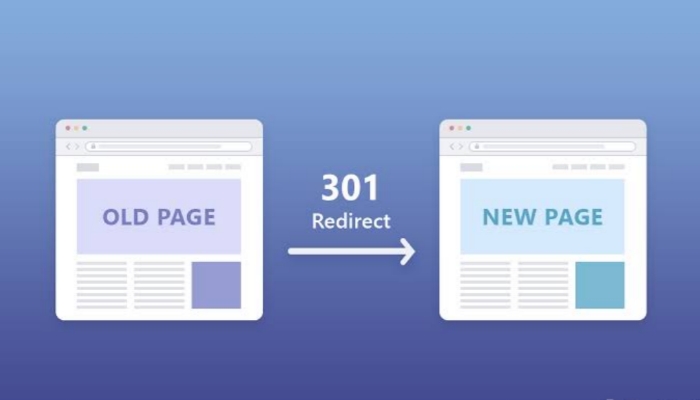
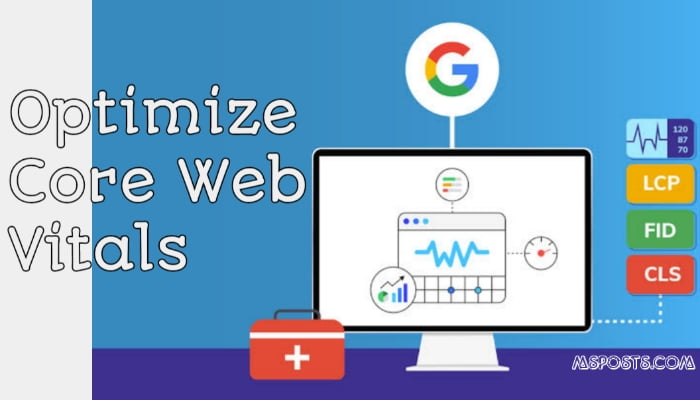
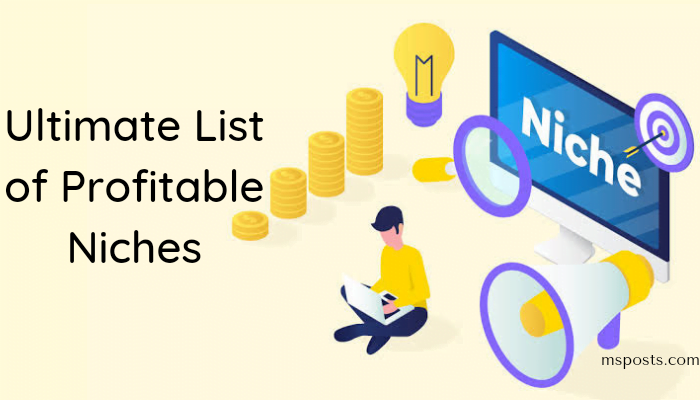
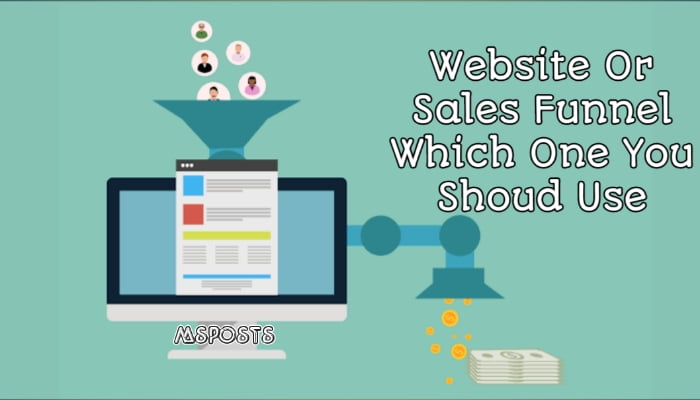
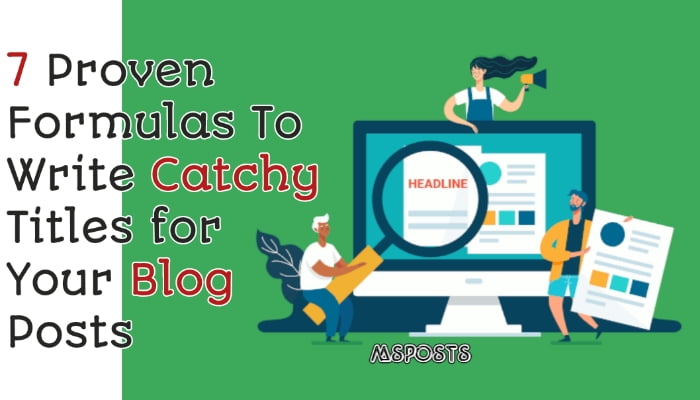
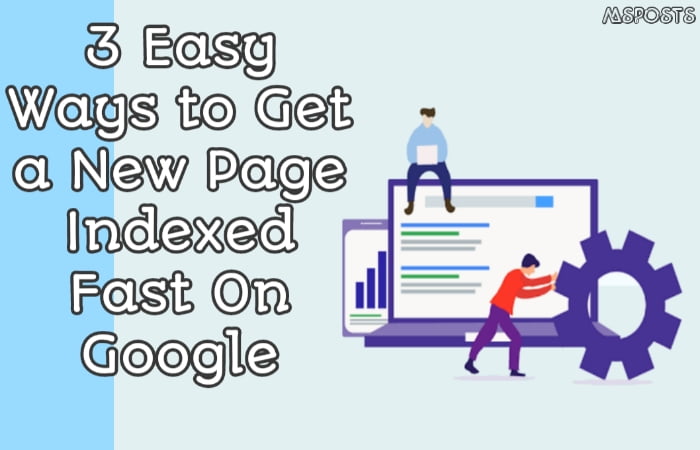
Leave A Comment